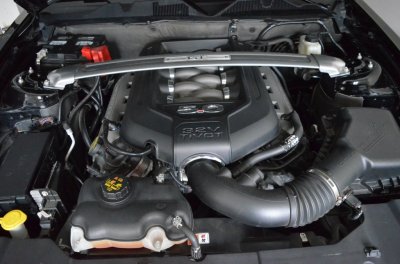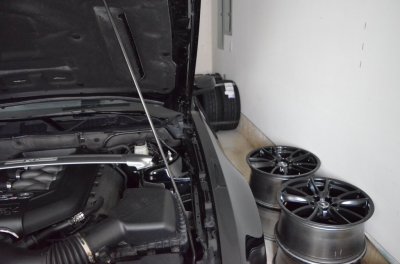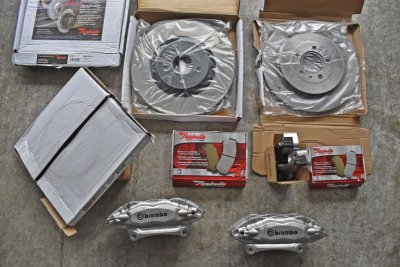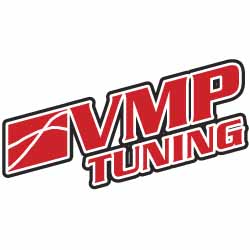Norm has some great input here. I will add a few thoughts to this old, tired, silly subject. 
1. That video in the first post was a waste of time. It dealt with an old, sloppy, non-rigid, rear engined Porsche chassis. The type of STB you can make to fit on those is radically different than what you can do on a front engined S197. That P-car chassis had been stitch welded, but it is fundamentally MUCH less rigid than a 21st century design like the 2005-14 Mustang. Old cars are floppy tin cans.
2. A simple bolt-on STB is mostly a "scene points" addition on a rigid chassis like the S197. Nobody, nowhere, at no time, can show a measurable LAP TIME DROP with bolt-on braces on these cars. None of the Kenny Brown / Steeda / BMR / company X bolt on braces can be proven to drop lap times in modern chassis. If they COULD prove that, they WOULD. And you'd see all of the bolt-on ding-dongs on every Mustang race car. These mostly are just lightening your wallet. STEELITUS. Why do they make them? BECAUSE GOOF BALLS CONTINUE TO BUY THEM.
3. There are older Mustang chassis (Fox, SN95, etc) and other pre-2000 era OEM chassis designs that DO benefit from a properly built, rigidly made, well installed STB. Maybe, probably, good for long term reliability. But lap time drops? Again - nobody has any A/B track testing data to prove this. Why not? Because it doesn't.
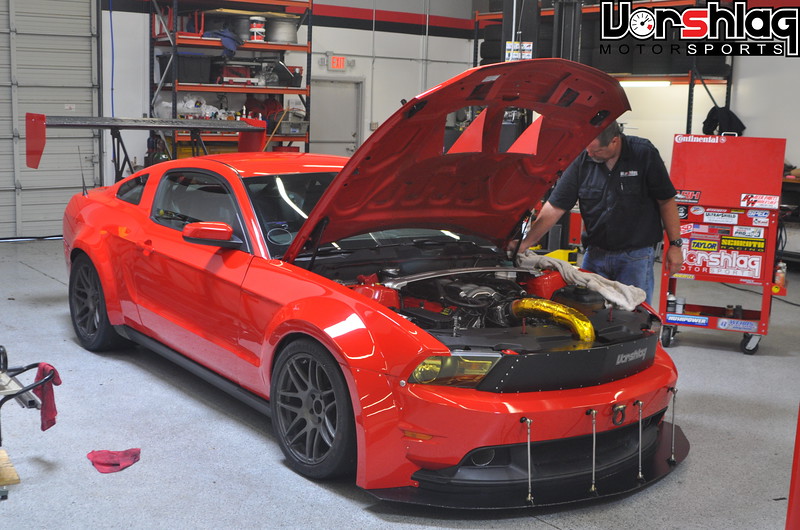
All that said, the stock STB is pretty light and doesn't hurt - if you aren't chasing ounces. We left it on our 2011 TT3 Mustang, which was a heavy pig that we added ballast to to run at the edge of a power-to-weight NASA TT class.
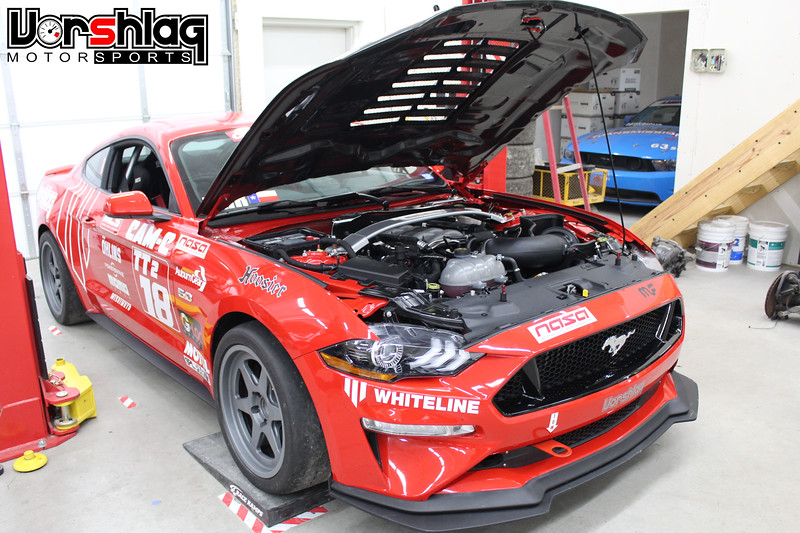
My 2018 GT didn't come with a STB (one came on the PP and a different version came on GT350). We added the aluminum Ford Performance 2-point STB to be able to mount the MCS remote reservoirs to, but never ended up mounting them there (the hoses wouldn't route that way with the long tube headers it had).
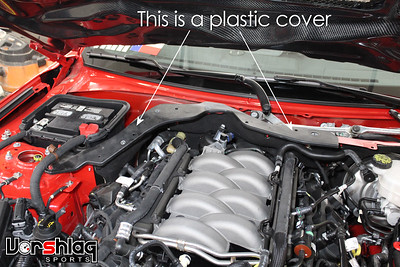
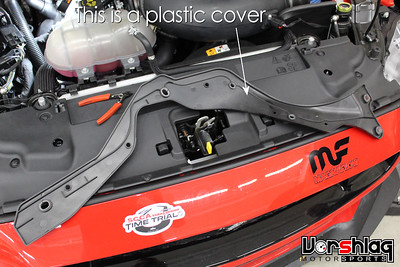
The stock S550 STB looked like it was more extensive than you might think - don't be fooled by a plastic cover.
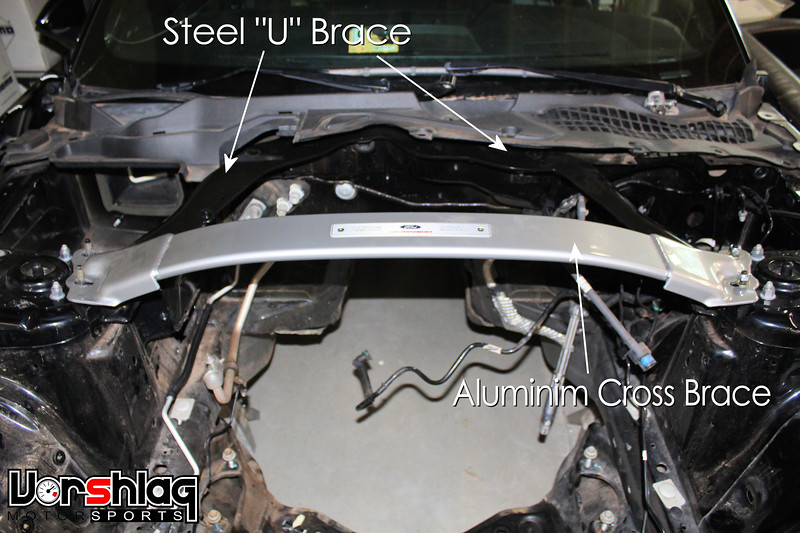
There is an optional, additional steel "U" brace that bolts to the outer firewall (there is an inner firewall too). This does fit under that plastic cover. We added this to my S550 race car build, #BecauseReasons.
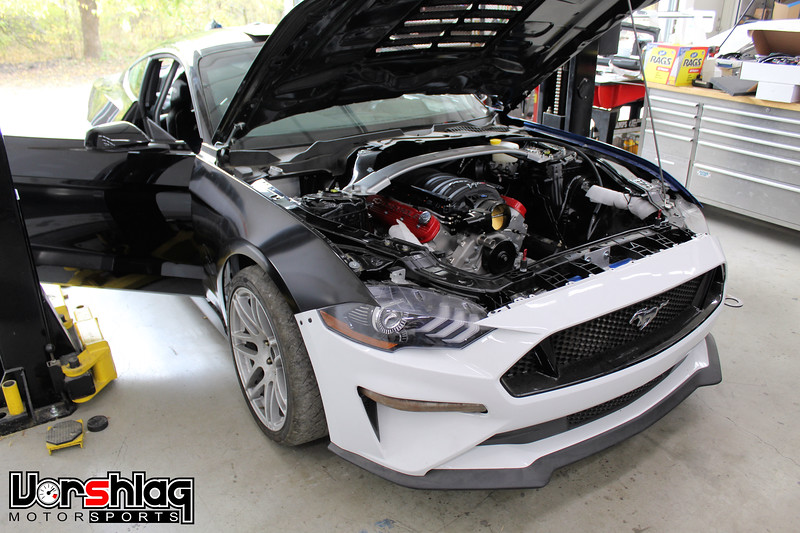
Mostly to mount things to, like remote coils, or the shock reservoirs. Figured... it couldn't hurt. But never fool yourself into thinking a STB will "lower lap times". That's not how this works.
Cheers,
1. That video in the first post was a waste of time. It dealt with an old, sloppy, non-rigid, rear engined Porsche chassis. The type of STB you can make to fit on those is radically different than what you can do on a front engined S197. That P-car chassis had been stitch welded, but it is fundamentally MUCH less rigid than a 21st century design like the 2005-14 Mustang. Old cars are floppy tin cans.
2. A simple bolt-on STB is mostly a "scene points" addition on a rigid chassis like the S197. Nobody, nowhere, at no time, can show a measurable LAP TIME DROP with bolt-on braces on these cars. None of the Kenny Brown / Steeda / BMR / company X bolt on braces can be proven to drop lap times in modern chassis. If they COULD prove that, they WOULD. And you'd see all of the bolt-on ding-dongs on every Mustang race car. These mostly are just lightening your wallet. STEELITUS. Why do they make them? BECAUSE GOOF BALLS CONTINUE TO BUY THEM.
3. There are older Mustang chassis (Fox, SN95, etc) and other pre-2000 era OEM chassis designs that DO benefit from a properly built, rigidly made, well installed STB. Maybe, probably, good for long term reliability. But lap time drops? Again - nobody has any A/B track testing data to prove this. Why not? Because it doesn't.

All that said, the stock STB is pretty light and doesn't hurt - if you aren't chasing ounces. We left it on our 2011 TT3 Mustang, which was a heavy pig that we added ballast to to run at the edge of a power-to-weight NASA TT class.

My 2018 GT didn't come with a STB (one came on the PP and a different version came on GT350). We added the aluminum Ford Performance 2-point STB to be able to mount the MCS remote reservoirs to, but never ended up mounting them there (the hoses wouldn't route that way with the long tube headers it had).


The stock S550 STB looked like it was more extensive than you might think - don't be fooled by a plastic cover.

There is an optional, additional steel "U" brace that bolts to the outer firewall (there is an inner firewall too). This does fit under that plastic cover. We added this to my S550 race car build, #BecauseReasons.

Mostly to mount things to, like remote coils, or the shock reservoirs. Figured... it couldn't hurt. But never fool yourself into thinking a STB will "lower lap times". That's not how this works.
Cheers,


